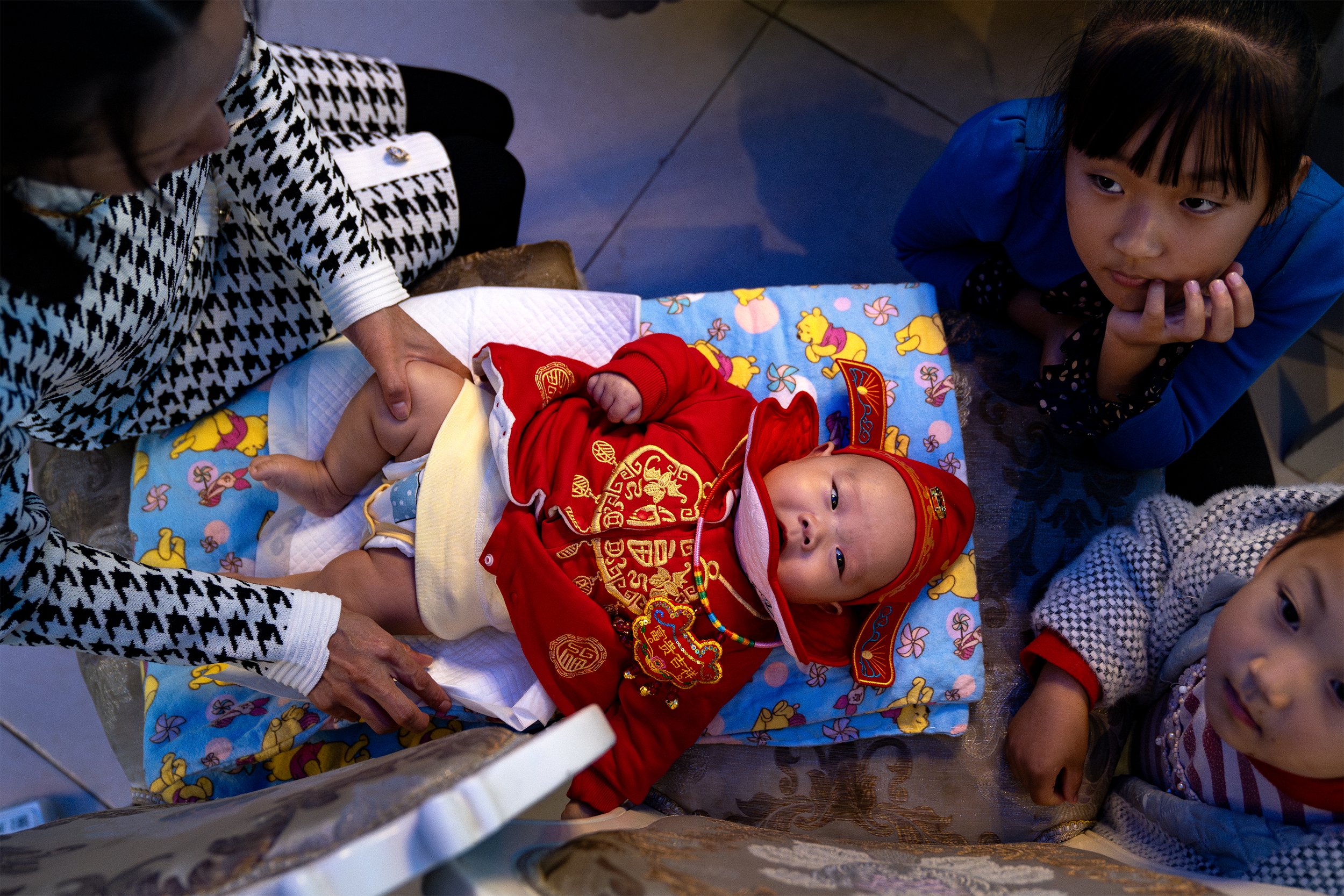I.V.F. OFFERS HOPE IN CHINA, EVEN TO THE GOVERNMENT (2022-2023)
CHINA IS TRYING URGENTLY TO ADDRESS ITS DECLINING POPULATION. ONE IDEA IS TO SUBSIDIZE ASSISTED FERTILITY PROCEDURES, WHICH ARE OFTEN A LAST RESORT FOR COUPLES AND OUT OF REACH FOR MANY.
In 2022, China’s population shrunk for the first time since the great famine of 1959-1961. The fertility rate dropped to an estimated record low of 1.09 according to government data, well below the 2.1 needed to replace deaths, and the lowest among any country with a population above 100 million.
For some of the couples who want to have children, in-vitro fertilisation (IVF) is a last resort, but its prohibitive costs often stand as a barrier. In an attempt to address the population decline, the Beijing government announced in 2023 that it would start covering several types of assisted reproduction technology under the city’s health care system.
I followed Guo Meiyan, 39 at the time, during a cold and overcast day in November 2022, as she checked in a Beijing hospital for the embryo transfer, the final stage of the IVF procedure. At that time Guo Meiyan and her husband Xue Cheng were not sure yet about the outcome, but it was successful eventually.
I visited the family again in October 2023, this time in Zhangjiakou, Hebei Province, where they live, for the celebrations of the fist 100 days of their newborn son, Xue Enyou.








